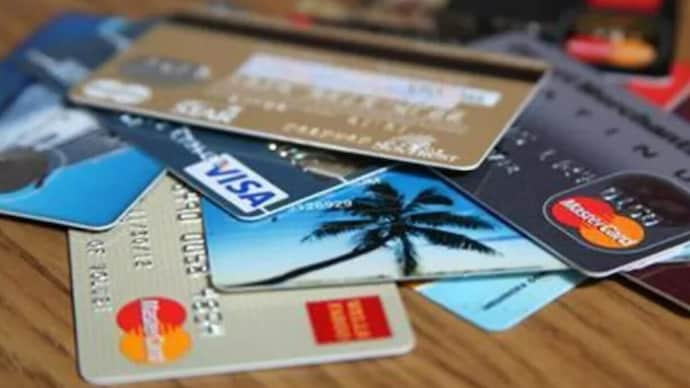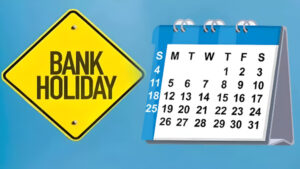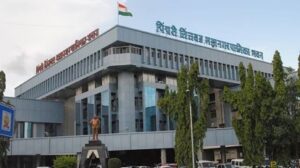Your credit card swipes are giving RBI a headache. Check here

Using Credit Cards for Diwali Shopping ? Know About Tax Calculations on Payments
By: Pune Pulse
October 21, 2023
Pune: A few days ago, the Reserve Bank of India (RBI) announced its monitoring of certain components of personal loans in order to identify stress. It is evident that the central bank is not only monitoring the situation but also taking action to prevent a complete credit default crisis.
According to two individuals familiar with the matter, the central bank has instructed lenders in the country to strengthen controls on retail or personal loans, in response to a significant increase in such borrowings. These individuals also suggested that the central bank may implement stricter measures to address the situation. India has historically faced challenges with bad loans, but they have now reached a ten-year low due to collaborative efforts by the central government and the RBI.
Although the RBI has not provided specific details regarding the types of personal loans causing concern, data indicates a rise in high credit card spending and the prevalence of ‘tiny’ loans. The Reuters report quotes an individual who highlights a concerning trend – an increase in ‘tiny’ personal loans, particularly those amounting to Rs 10,000 taken for three to four months, primarily for lifestyle expenses.
According to a recent Bloomberg News report, credit card spending by Indians has reached a record high, raising concerns about potential defaults during the festive season. Data from the Reserve Bank of India (RBI) reveals that credit card transactions reached an all-time high of Rs 1.48 lakh crore in August 2023, indicating a possible further increase during the ongoing festive season.
This surge in credit card spending is accompanied by a significant rise in small personal loans, which has caught the attention of the RBI. The ease of accessing credit through banks and prominent NBFCs, either directly or through partnerships with third-party lending applications, has contributed to this situation. While overall bank credit growth has increased by 15% in the past year, small loans of Rs 10,000 or less have experienced a rapid surge of 37% in FY23. Additionally, loans ranging from Rs 10,000 to Rs 50,000 have risen by 48%, as reported by CRIF data cited in Reuters. Notably, 38% of loans below Rs 10,000 were disbursed outside the top 100 cities in India, according to CRIF data.
The trend of easy credit has become a curse for many Indians, as the availability of new credit products like ‘Buy now, pay later’ has led to a surge in lending. Unfortunately, this has resulted in a depletion of household savings and has pushed young individuals into a debt trap. The RBI data supports this, showing that India’s net household financial savings have hit a 50-year low, accounting for only 5.1% of the GDP in the fiscal year ending March 31, 2023. The dependence on small loans such as credit cards, personal loans, and BNPL has increased among Indians, leading to more borrowing and higher interest rates. Unfortunately, many people end up defaulting on payments as they are unaware of the spiraling debt trap. For banks, the risks related to unsecured lending are equally high, with UBS analysts highlighting that escalating default risks in unsecured retail loans are likely to push up their credit losses by 50-200 basis points.
Madhupriya Dhanwate









